What is the Future of Wind Power in India: Opportunities and Scope for a Sustainable Tomorrow
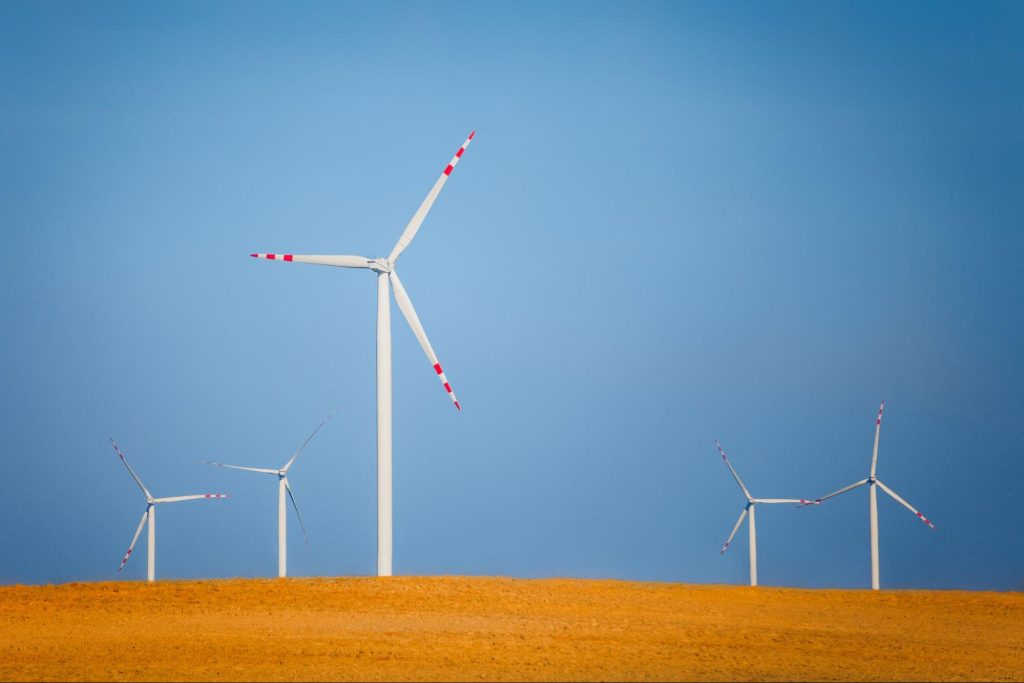
India, with its vast landmass and extensive coastline, has emerged as one of the leading nations harnessing wind power. As the world pivots towards renewable energy, wind power in India offers immense opportunities and promises a sustainable tomorrow. Let’s delve into the current landscape, prospects, and the critical role wind energy plays in the country’s journey toward clean energy.
What is Wind Power and How is it Generated?
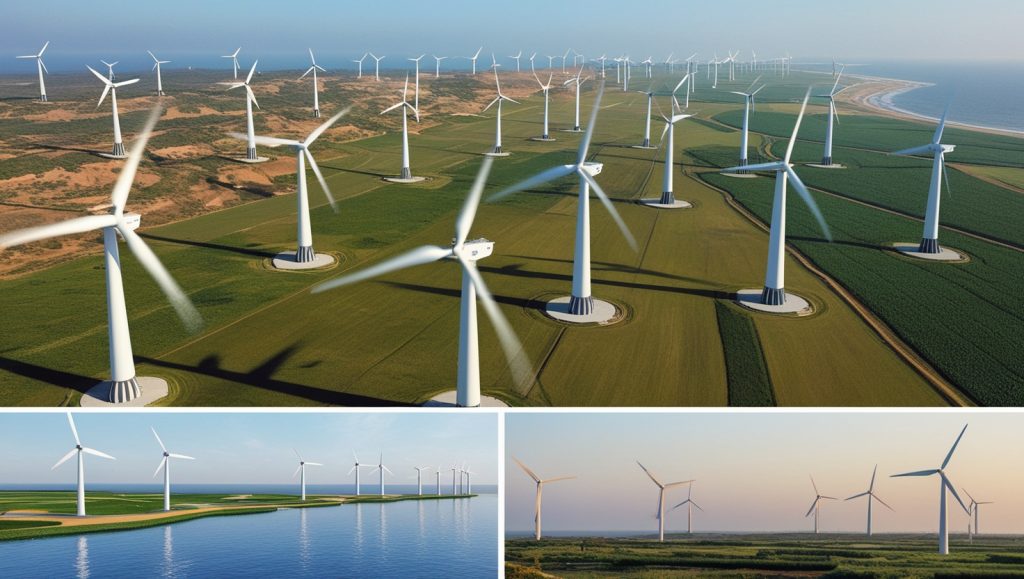
Wind power is generated using wind turbines that capture the kinetic energy of moving air. The blades of the turbine rotate, driving a generator to produce electricity. This process is highly efficient and environmentally friendly, making wind a vital source of energy in India’s clean energy portfolio. With advancements in turbine technology, even low-wind-speed areas are now being tapped for energy generation.
Current Status of Wind Power in India
India ranks among the top five nations globally in terms of installed wind power capacity. According to the Ministry of New and Renewable Energy (MNRE), as of 2023, the country has an installed capacity of over 44 GW of wind energy. Tamil Nadu, the largest producer of wind energy in India, along with Gujarat, Maharashtra, and Karnataka, leads the charge with the highest contributions.
The sector’s growth has been driven by favourable government policies, such as the National Wind-Solar Hybrid Policy and incentives like generation-based incentives (GBIs) and accelerated depreciation benefits. Additionally, private sector investments and advancements in wind turbine technology have bolstered India’s wind energy capabilities.
Opportunities in Wind Energy Development
1. Offshore Wind Energy in India
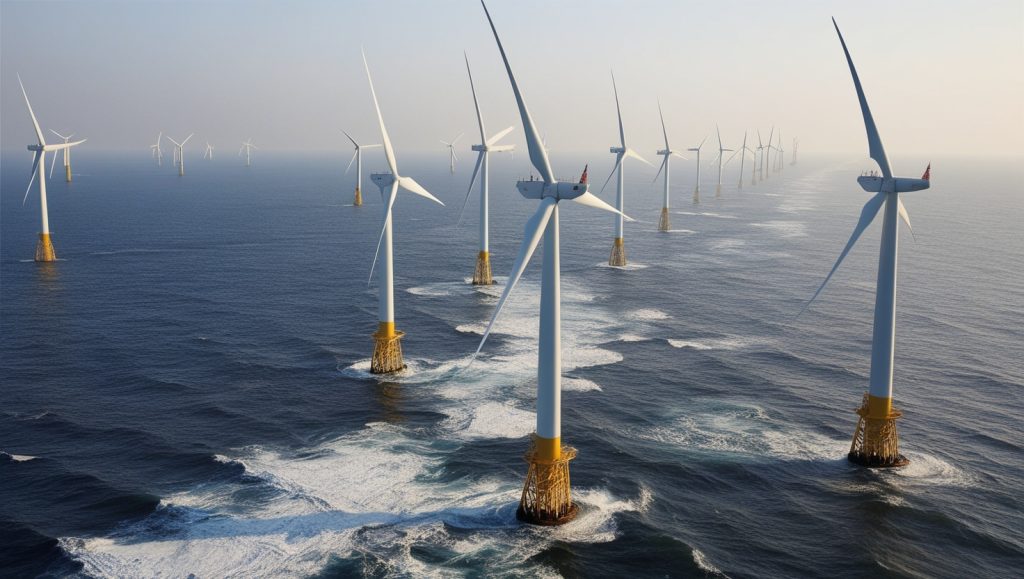
India’s coastline of over 7,500 kilometres provides a massive opportunity for offshore wind energy development. While the current focus has been on onshore wind projects, the government’s recent initiatives to explore offshore wind potential in states like Tamil Nadu and Gujarat could significantly enhance capacity.
2. Hybrid Energy Systems
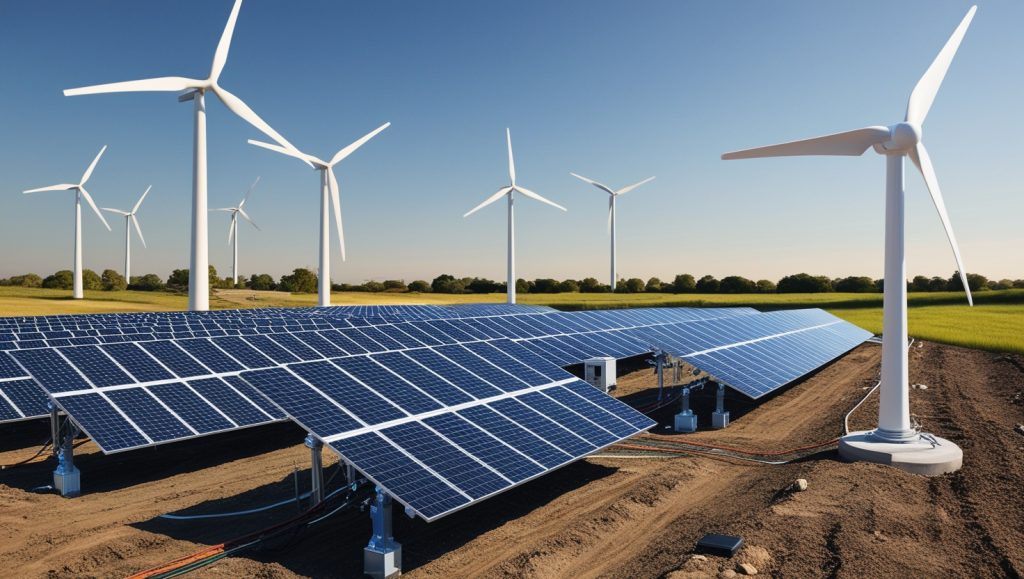
Combining wind energy with solar power through hybrid energy systems can optimise land use and stabilise energy output. Hybrid systems can address the intermittency issues of standalone renewable energy sources, offering reliable and efficient solutions.
3. Technological Advancements
The development of advanced wind turbines, including those with higher hub heights and larger rotor diameters, is opening up previously untapped low-wind-speed areas. Digitalisation and predictive maintenance tools further enhance operational efficiency and reduce costs. India’s wind turbine manufacturers are now focusing on improving efficiency and scalability to meet future demand.
4. Green Hydrogen Production
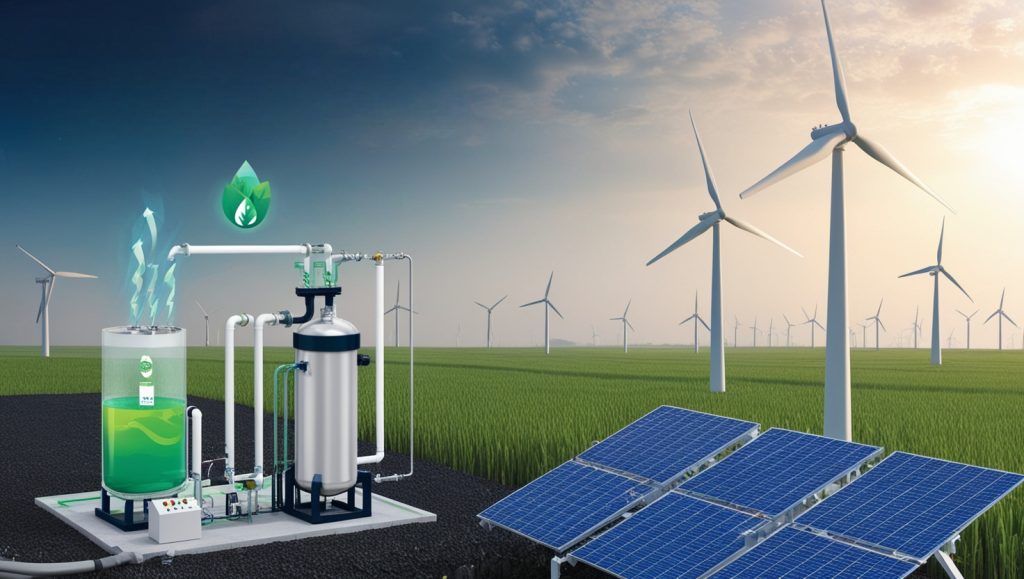
Wind energy can play a pivotal role in green hydrogen production. The surplus energy generated by wind farms can be used to produce hydrogen, a clean fuel with applications across industries, transportation, and power generation. This innovation positions wind power as a cornerstone of India’s green energy future.
5. Employment and Economic Growth
The wind power sector is a significant driver of employment, from manufacturing and installation to maintenance and research. Expanding this sector can create thousands of skilled and unskilled jobs, contributing to India’s economic growth.
Challenges to Address
Despite its potential, the wind energy sector faces challenges such as land acquisition issues, grid connectivity problems, and policy uncertainties. Ensuring the availability of robust infrastructure, streamlining regulations, and fostering public-private partnerships are crucial to overcoming these hurdles. Addressing the cost of wind energy in India and making it more affordable through subsidies and incentives will further accelerate growth.
The Road Ahead
India’s ambitious target of achieving 500 GW of non-fossil fuel capacity by 2030 underscores the critical role of wind energy in the nation’s renewable energy mix. The government’s focus on promoting offshore wind projects, enhancing grid infrastructure, and providing financial incentives will be instrumental in achieving this goal.
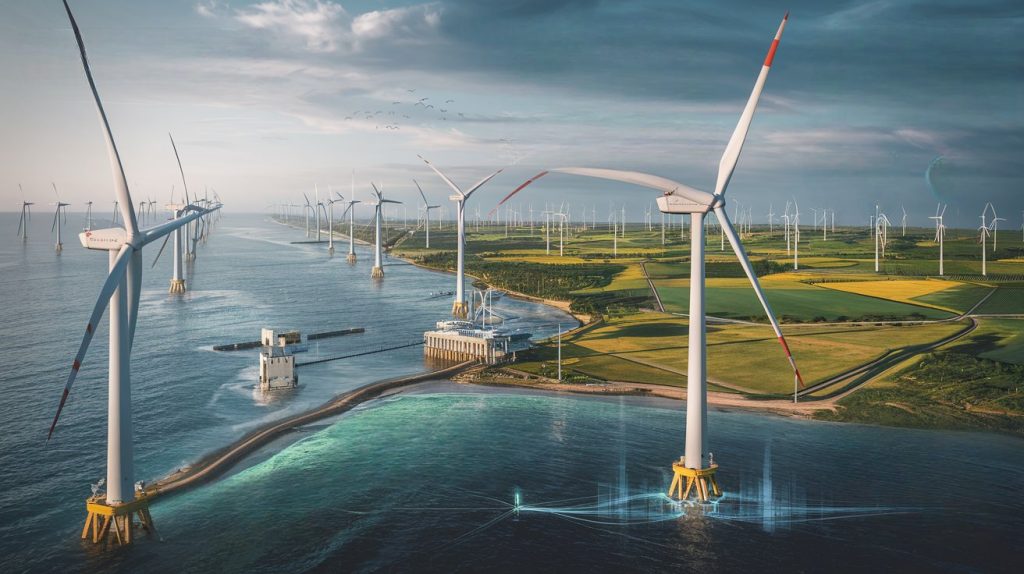
Moreover, collaborations with global renewable energy leaders and investments in research and development will accelerate technological advancements and cost reductions. News on wind energy in India highlights ongoing efforts to integrate wind power generation into the national grid efficiently.
Unlocking the Potential of Wind Energy for a Sustainable Future
Wind power represents a cornerstone of India’s sustainable energy future. By leveraging its natural resources, technological advancements, and policy support, the country can unlock the full potential of wind energy. This journey not only aligns with global climate goals but also positions India as a leader in renewable energy innovation, paving the way for a cleaner, greener, and more prosperous tomorrow.
As India continues to harness its wind resources, investments in wind farms, hybrid energy systems, and offshore projects ensure a promising future.
For those looking to get involved or advance their knowledge in the growing wind energy field, there are excellent wind power courses available that provide the necessary skills to thrive in this dynamic industry. With its commitment to renewable energy in India, the wind energy industry is set to shape the nation’s path toward sustainability and economic growth.
References
https://gwec.net/india-wind-energy-market-outlook-2023-2027-report/
https://www.renew.com/blog-detail/wind-energy-potential-for-the-future
https://saspartners.com/wind-energy-in-india-an-overview/

